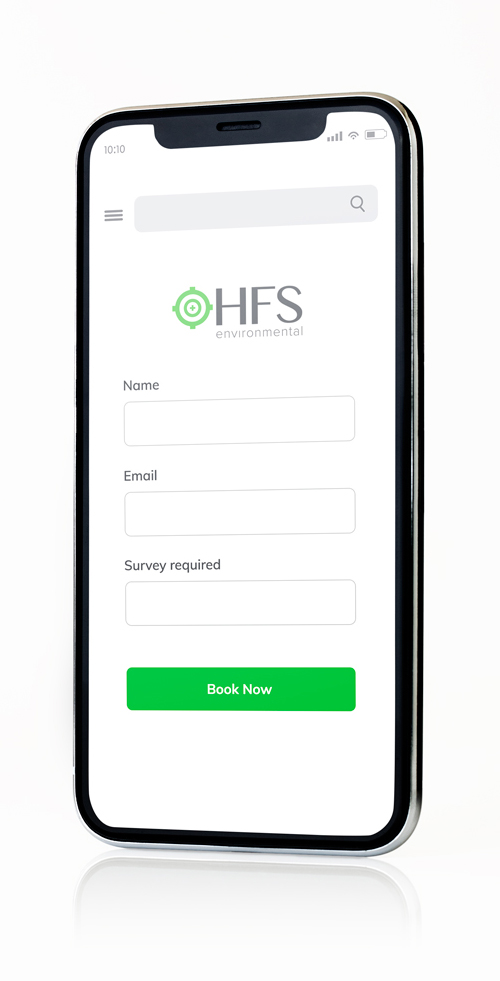Clearance Monitoring must be carried out by a UKAS accredited company after licensable removal, and it involves four separate stages:
- Stage 1 – A preliminary check of the condition of the site and the standard the job has been completed to
- Stage 2 – A detailed visual inspection inside the enclosure where work is taking place
- Stage 3 – The air monitoring itself
- Stage 4 – A final assessment post-enclosure, once the working area has been dismantled
The area is only safe for people to enter once all four stages are completed.
We usually use Phase Contrast Microscopy or PCM to test the air for asbestos. Now and again we use Scanning Electron Microscopy – SEM – or even Transmission Electron Microscopy, TEM. If we need to use either of them we’ll discuss things with you first.
No, there isn’t a safe level. On the other hand some studies show buildings containing asbestos in good condition have an airborne concentration up to 500 fibres per cubic metre. While it isn’t a safe level, it’s safer than the three decade-old original clearance indicator of 0.01 fibres per ml.



